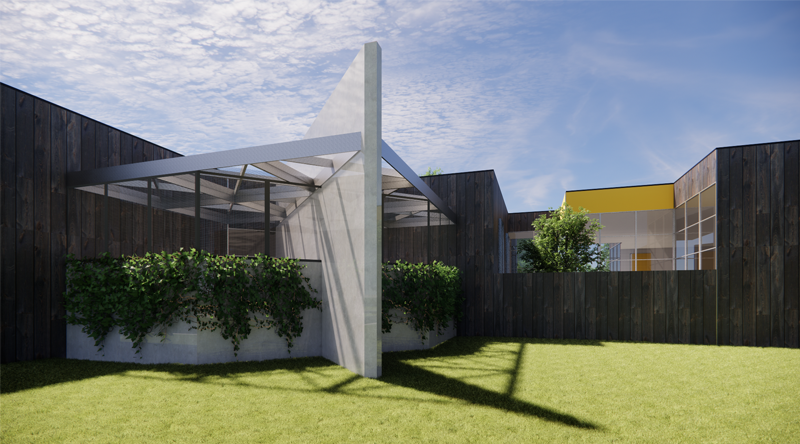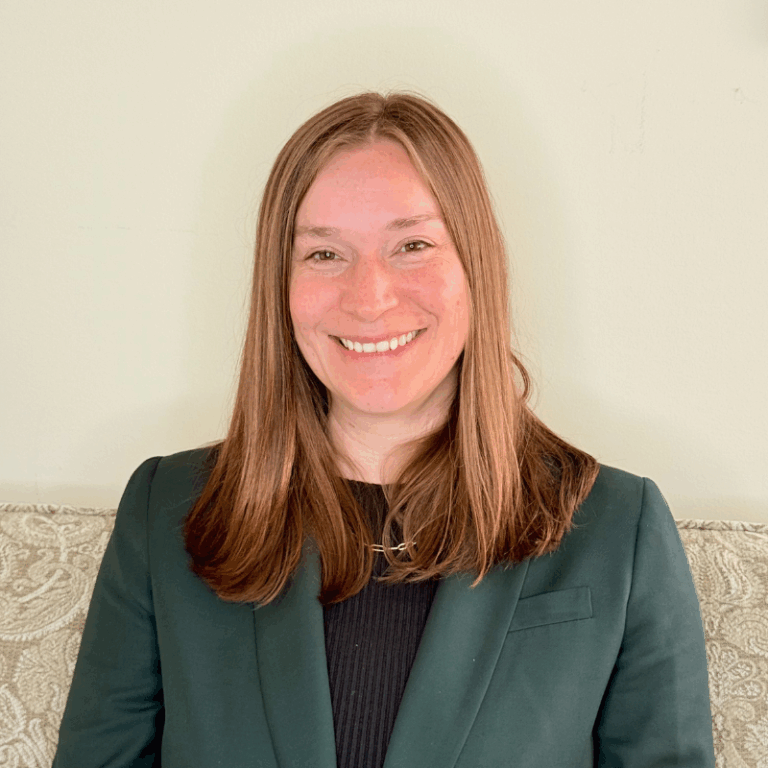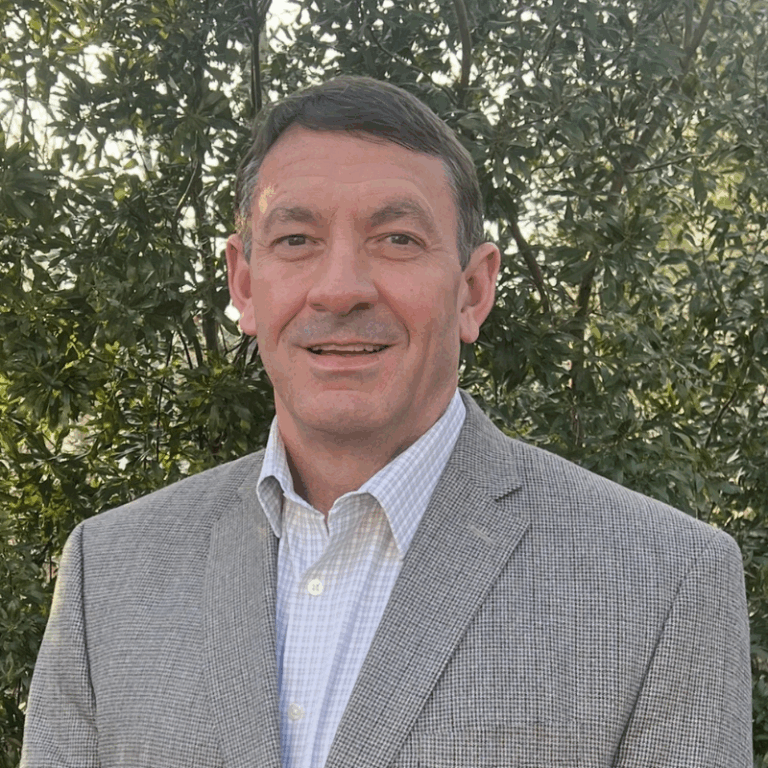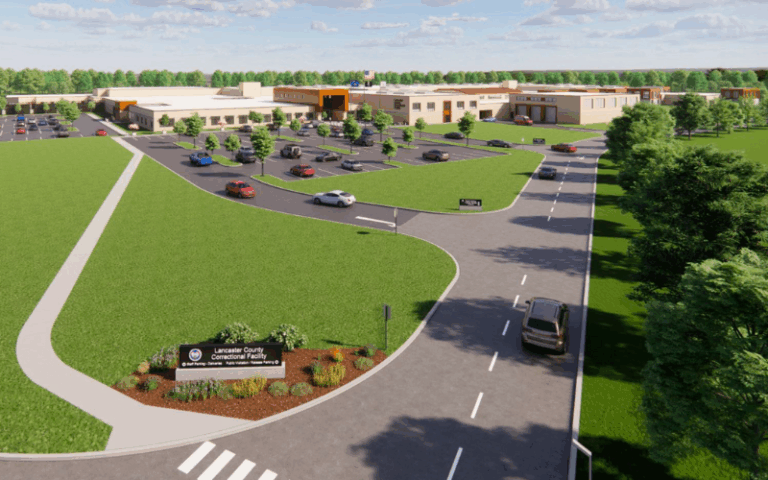The Rural Jail Initiative: A New Model for Community Health and Safety

By Henry Pittner
Rural life has changed dramatically since the outset of my architecture career nearly four decades ago, with many areas suffering from disinvestment and depopulation.
The dwindling population translates to reduced tax revenue, which makes funding infrastructure improvements difficult, if not impossible. Moreover, it often leads to the closure or underfunding of hospitals, exacerbating the already substantial disparities in healthcare access and outcomes between urban and rural areas.
Over the years, I’ve toured countless older county jails that have seen little to no investment since opening their doors. In addition to deferred maintenance, most have inefficient climate control, poor acoustics and harsh artificial lighting. Characterized by an abundance of hard materials such as concrete block, drab color palettes and fixed institutional furnishings that are typically arranged in fixed configurations, the overall environment is equally unpleasant, clearly prioritizing punishment over rehabilitation.
Motivated by these challenges, my colleagues and I have developed a program known as the Rural Jail Initiative. Drawing on the expertise of our in-house architects, interior designers and engineers, this initiative integrates a modern correctional public safety facility with a community health clinic. The building name of the new facility, known as a “Health and Public Safety Center,” draws on both components. This combined approach aims to provide higher-quality care – including primary and behavioral health services – to both the general public and the jail population. The clinic becomes part of a continuum of care facilitating inmates’ transition from the jail to life in the community.
In addition to the building, another challenge advanced by the team includes changing staffing and operations from a linear jail to a podular remote operation. BKV Group, through partnerships with leading planning professionals specializing in jail policies and procedures, has developed a facility operational model specific to the new building. The model is included in the overall design package and provides manuals and staff training so that the jail team can efficiently staff and operate the new building.
A Welcoming Aesthetic
Designed to create a positive first impression, the Health and Public Safety Center features a crisp, contemporary aesthetic with separate entrances for the administrative and correctional areas. The use of panelized waterproof rain screen cladding enhances insulation values and offers flexibility in exterior material choices, with available panels in brick, metal or whatever exterior material best reflects community preferences. Landscaping and lighting, designed in accordance with Crime Prevention Through Environmental Design principles, beautify the surrounding area while enhancing public safety.
Large windows frame outdoor views while flooding the spacious lobby with natural light, symbolizing transparency in government. Adjacent to the entry is a multipurpose room that opens to a landscaped patio, creating an indoor-outdoor space intended for community events and programming – venues for which are often absent in rural areas.
Focus on Rehabilitation
Natural light permeates the jail’s living spaces. This is achieved through the use of high windows and inclusion of secure “outdoor living areas” between residential units. The secure outdoor living space makes it possible for those in custody to benefit from nature’s rehabilitative qualities while increasing fresh air circulation indoors, potentially reducing viral outbreaks. The result is a healthier environment for both staff and those in custody.
The design of the cells or “sleeping rooms” is also quite different. Each area can accommodate two or four people and are grouped in pairs that open into the common living space with moveable furniture, giving inmates more control over their environment. This autonomy is one of many intentional features intended to ease inmates’ eventual transition back into society. Each living space has access to a shared meeting room for health and counseling sessions.
Much-Needed Healthcare Services
A full-service, on-site community health clinic providing physical and mental health services addresses the significant healthcare gaps prevalent in rural areas. Faced with hospital closures and a lack of primary care providers per capita compared to urban areas, many residents delay or avoid seeking treatment altogether, which often leads to more significant health issues and higher costs.
While most rural jails struggle to provide adequate healthcare, those in custody at the new Health and Public Safety Center will have access to physical and mental health services during and after their incarceration, starting with a comprehensive assessment to identify and treat factors, such as substance abuse or behavioral disorders, that may have contributed to their incarceration. Common chronic conditions like hypertension, asthma, high cholesterol and Type 2 diabetes can also be diagnosed, monitored and treated both during and after incarceration, establishing a continuum of care for body, mind and spirit that may reduce recidivism.
Lower Costs
Delivering a prototype building that can be a stand-alone or addition to an existing facility, the new Health and Public Safety Center can be completed in about 12 to 18 months. BKV Group has partnered with several contractors to offer fixed-price construction costs, streamlining the building process with this innovative, shovel-ready concept.
The jail qualifies as an essential community facility in rural areas and is eligible for direct loans and, in some cases, grants, providing affordable funding through the low-interest, long-term USDA Community Facilities Direct Loan and Grant Program. To help address health disparities in rural areas, the USDA also provides financial assistance to improve or construct rural healthcare facilities, further lowering the cost to local taxpayers.
Transforming Rural Communities
Through the Rural Jail Initiative, rural communities can leverage available resources to address long-standing social and financial challenges. By embracing innovative models of civic building design, we can reverse the cycle of disinvestment, fostering healthier and more resilient communities.
As architects, we shape the future through our designs. It is our aspiration that the Rural Jail Initiative’s Health and Public Safety Center will catalyze positive transformations in rural America, one community at a time.
Henry Pittner, AIA, Partner, Justice Practice Leader, BKV Group, is an award-winning licensed architect, author and presenter who has gained national recognition for his leadership managing, programming, planning and designing government projects. With more than 39 years of experience, he has led more than 70 projects in 12 states for city, county and state clients including court facilities, detention facilities, law enforcement centers and government centers.
Editor’s Note: This article originally appeared in the May/June 2024 issue of Correctional News.






